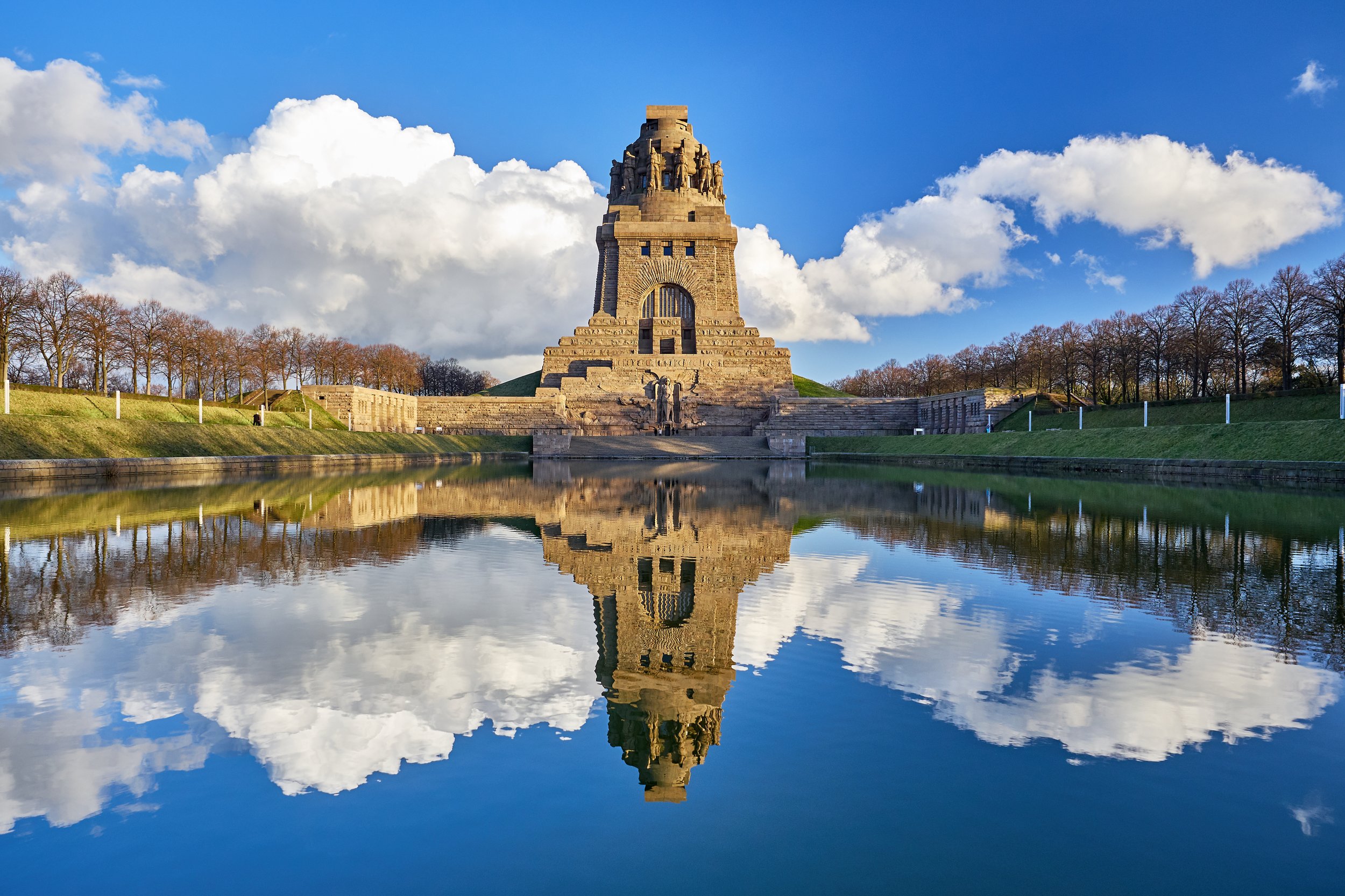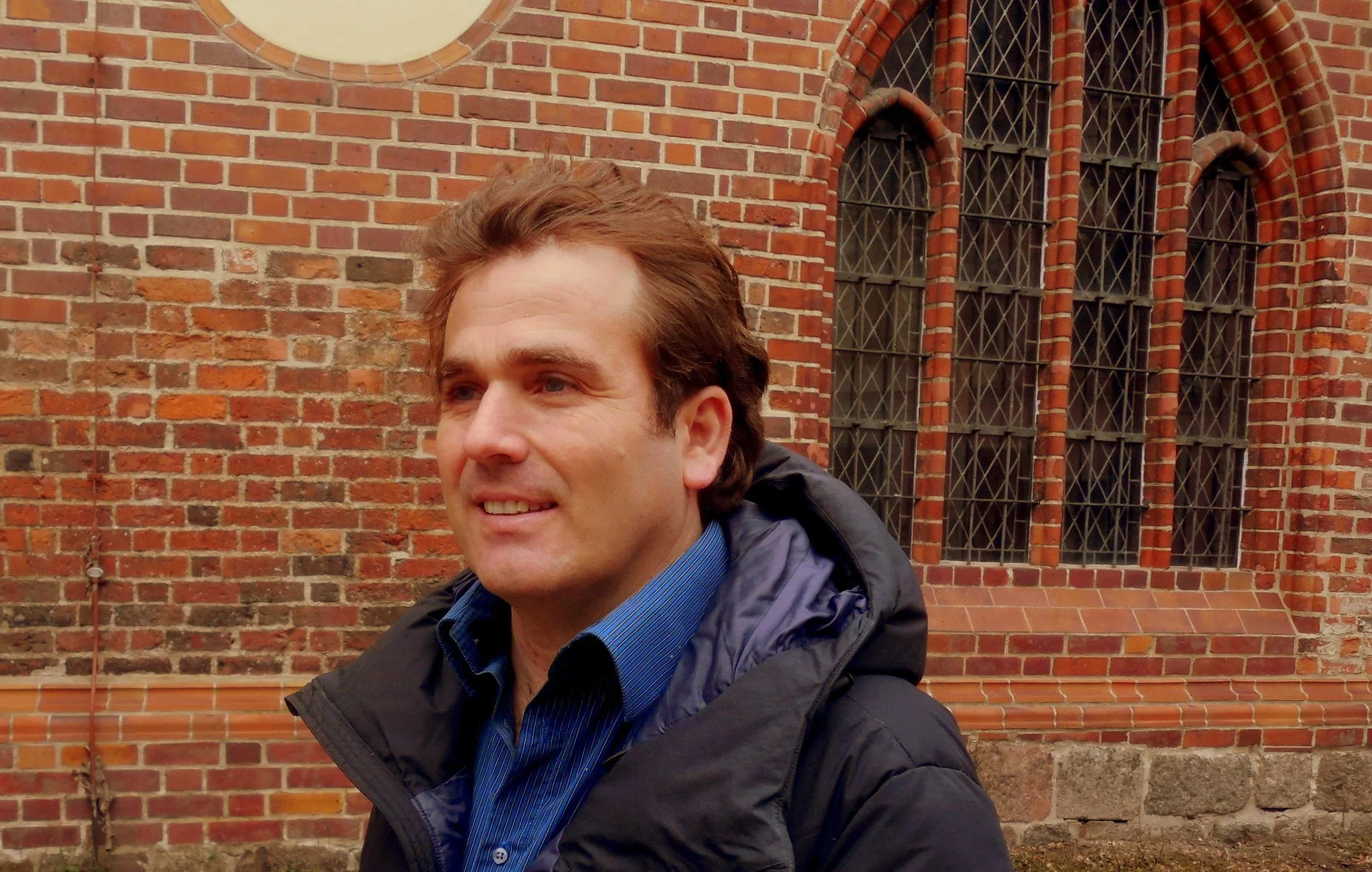
Leipzig
Leipzig Day Trip – Music, Culture & Revolution
Often referred to as “the new Berlin,” Leipzig is not only one of the hippest cities in Germany today, but also has an incredibly rich history stretching back to the Middle Ages, a time when Leipzig was a major center of commerce and also the site of an early printing industry. Leipzig has links to some of Germany’s most important cultural figures, such as Schiller, Mendelssohn, Luther and Goethe, who described the city back in the 19th century as “a little Paris.”
Leipzig is also distinct for its musical heritage and once was home to Johann Sebastian Bach and was the birthplace of Richard Wagner. This legacy lives on in Leipzig’s music academy, its prestigious opera and theater, and contemporary nightlife.
While much of Leipzig was destroyed during WWII, reconstruction efforts in the last several years have led to a renaissance for a city where churches from the Protestant Reformation stand side by side with art nouveau architecture.
Tour
Highlights
-
The ghost of Goethe’s Faust lurks in every marble corner of Leipzig’s finest shopping arcade, Mädler Mall. One of the scenes in Faust is set in the famous Auerbachs Keller restaurant, at No. 2.
-
Leipzig’s showpiece is its huge, old market square. One side is completely occupied by the Renaissance town hall, the Altes Rathaus.
-
Museum of Fine Arts, the city’s leading art gallery is minimalism incarnate, set in a huge concrete cube encased in green glass in the middle of Sachsenplatz Square.
-
Thomaskirche (St. Thomas’ Church)
Bach was choirmaster at this Gothic church for 27 years, and Martin Luther preached here on Whitsunday 1539, signaling the arrival of Protestantism in Leipzig. Originally the center of a 13th-century monastery, the tall church (rebuilt in the 15th century) now stands by itself. Bach wrote most of his cantatas for the church’s famous boys’ choir, the Thomanerchor, which was founded in the 13th century; the church continues as the choir’s home as well as a center of Bach tradition.Nikolaikirche (St. Nicholas’ Church)
This church with its undistinguished facade was center stage during the demonstrations that helped bring down the Communist regime. Every Monday for months before the government collapsed, thousands of citizens gathered in front of the church chanting “Wir sind das Volk” (“We are the people”). Inside are a soaring Gothic choir and nave -
The most famous of Leipzig’s restaurants consists of an upscale, international gourmet restaurant and another restaurant specializing in hearty Saxon fare, mostly roasted meat recipes. There’s also a good wine list. l It has been around since 1530 (making it one of the oldest continually running restaurants on the continent), and Goethe immortalized one of the several vaulted historic rooms in his Faust
-
On the city’s outskirts, Prussian, Austrian, Russian, and Swedish forces stood ground against Napoléon’s troops in the Battle of the Nations of 1813, a prelude to the French general’s defeat two years later at Waterloo. An enormous, 300-foot-high monument (Völkerschlachtdenkmal, or “Memorial to the Battle of the Nations”) erected on the site in 1913 commemorates the battle.
-
The restored art nouveau house dates from 1908. Riquet is a company that has had dealings in the coffee trade in Africa and East Asia since 1745, as is indicated by the large elephant heads adorning the facade of the building.
-
With 26 platforms, Leipzig’s main train station is Europe’s largest railhead. It was built in 1915 and is now a protected monument, but modern commerce rules in its bi-level shopping mall (the Promenaden). The only thing the complex is missing is a pub
AVAILABLE GUIDES:







